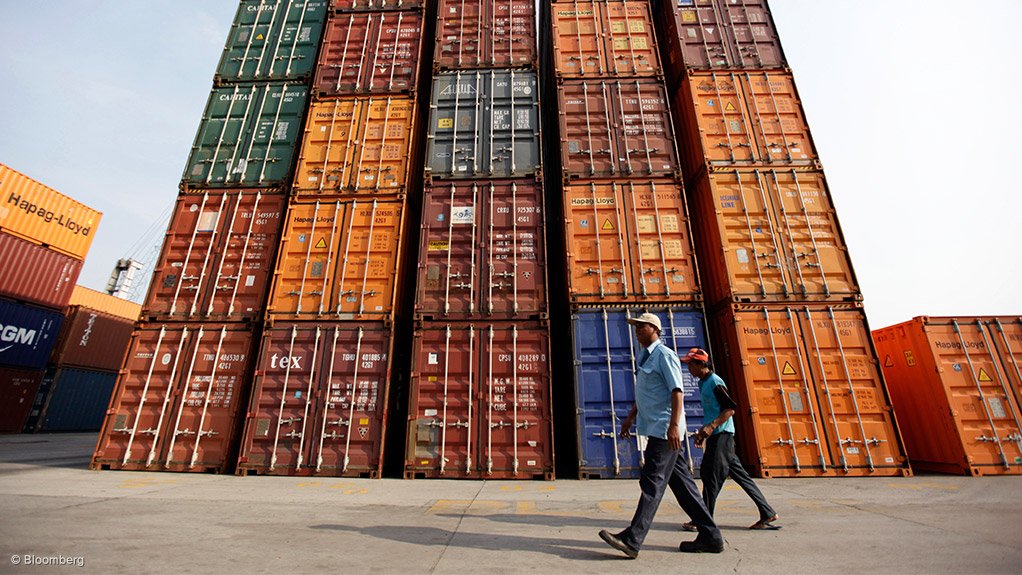Africa was the only region in the developing world to register growth in trade during the first half of this year (1H25), UN Trade & Development (much better known by its abbreviation, Unctad) has reported. Year-on-year, total African exports rose 5% during this period, while trade between African countries jumped by 16%. In contrast, the developing world as a whole saw a 2% drop in imports and South-South trade was, overall, stagnant.
Nevertheless, global trade grew in value by $300-billion in 1H25. This growth was driven by developed countries, outpacing the Global South, in a reversal of recent trends. This growth was impelled by US imports surging by 14%, while EU exports went up by 6%. Part of this increase was the result of price rises; during the first quarter of this year prices, in Unctad’s words, “edged up”, and the agency thought this trend would continue in the second quarter. Trade volumes rose by only 1%.
The value of global trade increased by 1.5% during the first quarter. It was expected that this would accelerate to 2% in the second quarter. The main driver of annual trade growth was services, which has risen by 9% over the past four quarters.
The last four quarters also saw a deepening in trade imbalances. China and the EU recorded rising surpluses while the US saw a deepening deficit. The annual US deficit with China came to $360-billion, with the EU, $276-billion, and with Vietnam, $116-billion.
Unctad cautioned that global trade was facing international political headwinds and policy risks. There were signs that global economic growth was slowing down.
“New US tariffs – including a 10% baseline rate and additional duties on steel and aluminium – have raised the risk of trade fragmentation,” warned the agency. “And while retaliatory measures have so far been limited, a further wave of unilateral actions could trigger escalation, spilling over into third-party countries and destabilising supply chains.”
Unctad also expected an increase in inward-looking industrial policies and domestic subsidies, especially in high-tech and other strategic sectors. These could disrupt existing and very integrated production networks. And uncertainty in one segment could affect other segments.
“Still, signs of resilience remain,” it pointed out. “Freight indices have rebounded from early 2025 lows, regional integration is strengthening, and services trade may continue its robust growth.” But, for this resilience to continue, there must be “policy clarity, geoeconomic developments and supply chain adaptability”.
EMAIL THIS ARTICLE SAVE THIS ARTICLE ARTICLE ENQUIRY
To subscribe email subscriptions@creamermedia.co.za or click here
To advertise email advertising@creamermedia.co.za or click here











